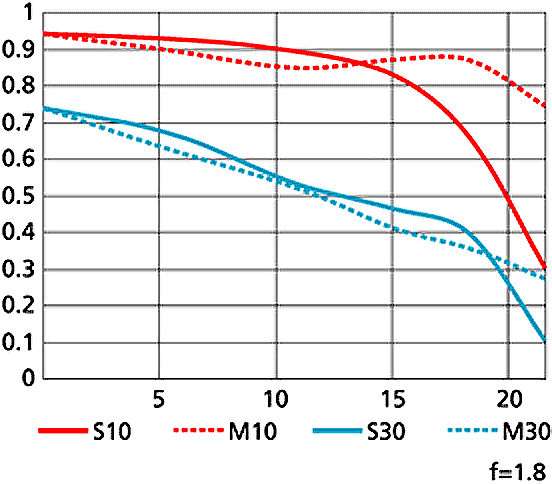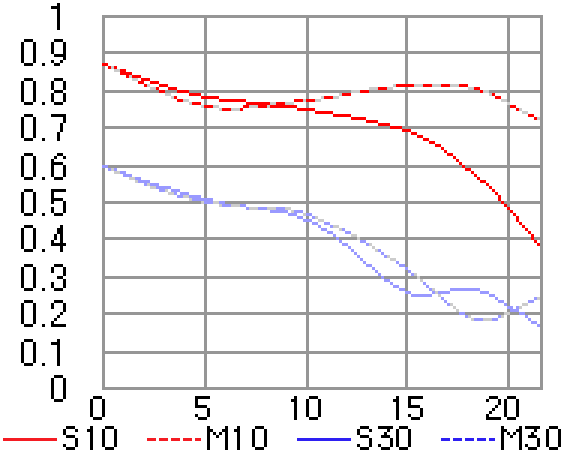Okay, the long wait is over. I finally created my new site - Framedshutter. If that somehow didn't work, here's the URL http://www.theframedshutter.blogspot.com/ . Yes, that site is a continuation of this one, so not to worry. One thing to note though, that site isn't 100% photography. Instead, it's going to be a slight mix of photography and I.T. (that includes internet browser tutorials and what not). That's all for now. Happy reading!
D' Blog Directory
Need to find something?
Click click click
Followers
Tuesday, November 22, 2011
Monday, September 26, 2011
I'm really surprised. And not decided at the same time
Wow. The last time I checked my site, I saw only 5000+ visits. And recently, I just checked it again and I saw like 7000+ visits! Yeah, yeah, for you 'pro' bloggers out there 2000 visits isn't anything.But to me, it's a huge improvement from my previous blog.
UPDATES.
I've been searching around for a proper domain for my blog and my photos. So yeah, it's just basically gonna be something like a link between the two. Anyway, up to now, I still haven't found the right one and same goes to the URL. I've been busy lately with some stuff, so I'll update you guys with the info soon enough!
UPDATES.
I've been searching around for a proper domain for my blog and my photos. So yeah, it's just basically gonna be something like a link between the two. Anyway, up to now, I still haven't found the right one and same goes to the URL. I've been busy lately with some stuff, so I'll update you guys with the info soon enough!
Friday, May 6, 2011
Moving out :O
To anyone reading this blog right now:
I'll most probably be starting a new Wordpress blog. It just suits me more. I'll be posting the link of the new blog once it's up :) and if you're wondering, it's still gonna be about photography, tech and etc.
I'll most probably be starting a new Wordpress blog. It just suits me more. I'll be posting the link of the new blog once it's up :) and if you're wondering, it's still gonna be about photography, tech and etc.
Himself,
Jeremy AKA framedshutter.
Monday, April 25, 2011
The exposure triangle
A new technique for beginners...
Beginners tend to face problems why getting the right exposure. The shot has the perfect composition, perspective and everything, but unfortunately it's not perfectly exposed. Instead of getting frustrated with your camera and cursing, why not learn this technique called The Exposure Triangle? The concept is simple, tweak any one of them to compensate for the other. But first, let's go through what's in the exposure triangle...The three components in the exposure triangle is:
- ISO
- shutter speed
- aperture
 |
| Exposure Triangle |
The ISO is the sensitivity of the sensor. The higher the ISO, the more sensitive the sensor will be. But, there are drawbacks from this. Noise, a term of the presence for colour pixels where there should be none, will start appearing. Now, DSLRs these days offer the NR feature(Noise Reduction) but do note that this will degrade your picture quality.
Moving on to the shutter speed. Like our eye, we have to blink. Quite similarly, the camera has to do the same to take a shot. Shutter speed means the shutter of which it opens and closes. The shutter speed itself is a very crucial tool depending on what your subject is. If you're after motion, you'll be needing a slower shutter speed like 1/2 second all the way to 10 seconds. If it's sports, then obviously you'll be needing a (very)fast shutter speed like 1/500 second to catch the action.
Lastly, aperture. Aperture is a term for the size of the lens' hole. The bigger the aperture, the more light enters. Other than the increase of light entering, you'll also get a shallower depth of field or more commonly used as DOF. I love bokeh shots(the isolation of the subject from the background as an effect from the depth of field) as it gives an interesting look to your shot. Getting faster lenses is perhaps the most effective way to compensate. However, do note that primes can come in quite costly especially at the far telephoto end.
From Digital Photography School
Digital Photography School gave a really good example of this technique:
The Window
Imagine your camera is like a window with shutters that open and close.
Aperture is the size of the window. If it’s bigger more light gets through and the room is brighter.
Shutter Speed is the amount of time that the shutters of the window are open. The longer you leave them open the more that comes in.
Now imagine that you’re inside the room and are wearing sunglasses (hopefully this isn’t too much of a stretch). Your eyes become desensitized to the light that comes in (it’s like a low ISO).
There are a number of ways of increasing the amount of light in the room (or at least how much it seems that there is. You could increase the time that the shutters are open (decrease shutter speed), you could increase the size of the window (increase aperture) or you could take off your sunglasses (make the ISO larger).
Ok – it’s not the perfect illustration – but you get the idea.
How does it work?
The concept is simple. Tweak either one of the settings to compensate for the other. Let's say, you are shooting at an ISO of 100, aperture of f/3.5 and a shutter speed of 1/60 second. You need the said shutter speed and your lens' fastest speed is f/3.5 but yet your shot is underexposed. Boost the ISO! That being said, you should know your limitations. ISO performance is usually good until ISO 1,600. Any higher, noise starts popping up.
Conclusion
Investing in an external flash and a fast prime will help you get the perfect exposure without risking the ISO performance or the shutter speed. Right now, the Nikon 50mm 1.8D and 35mm 1.8G is a steal. As for Canon, the 50mm 1.8 EF is very cheaply priced and it's a must for those starting out. Zooms offer versatility but there's a huge price to pay.
Friday, April 15, 2011
Nikon leaks a new AF-S 50mm 1.8G
New 50 1.8?
Two days ago, upon doing my research, I came across people 'foruming' about Nikon's latest 50mm 1.8G. True enough, it wasn't a rumour at all. It was on Nikon's USA site but just recently they removed it; its now a blank page. Glancing the specs, it has 7 elements including one aspherical element in 6 groups (as opposed to 6 elements in 5 groups).
Sharper than before?
Nikon's MTF charts states that this lens is sharper and more contrasty.
Seems noticeably higher, doesn't it? Let's hope that it is that good.
Wait or just forget it?
I'm not sure how much the actual lens is, or whether it's actually sharper and more contrasty. If not, I rather go for the 1.8D unless the price is reasonably cheap - just like the 50 1.8D. As Ken Rockwell said, "My only reservation, other than all the plastic, is that when Nikon did this same update to the f/1.4 lens, the distortion actually got worse than the older lenses!"
Two days ago, upon doing my research, I came across people 'foruming' about Nikon's latest 50mm 1.8G. True enough, it wasn't a rumour at all. It was on Nikon's USA site but just recently they removed it; its now a blank page. Glancing the specs, it has 7 elements including one aspherical element in 6 groups (as opposed to 6 elements in 5 groups).
Sharper than before?
Nikon's MTF charts states that this lens is sharper and more contrasty.
 |
| 50mm 1.8G MTF curve |
 |
| 50mm 1.8D MTF curve |
Wait or just forget it?
I'm not sure how much the actual lens is, or whether it's actually sharper and more contrasty. If not, I rather go for the 1.8D unless the price is reasonably cheap - just like the 50 1.8D. As Ken Rockwell said, "My only reservation, other than all the plastic, is that when Nikon did this same update to the f/1.4 lens, the distortion actually got worse than the older lenses!"
Subscribe to:
Posts (Atom)
